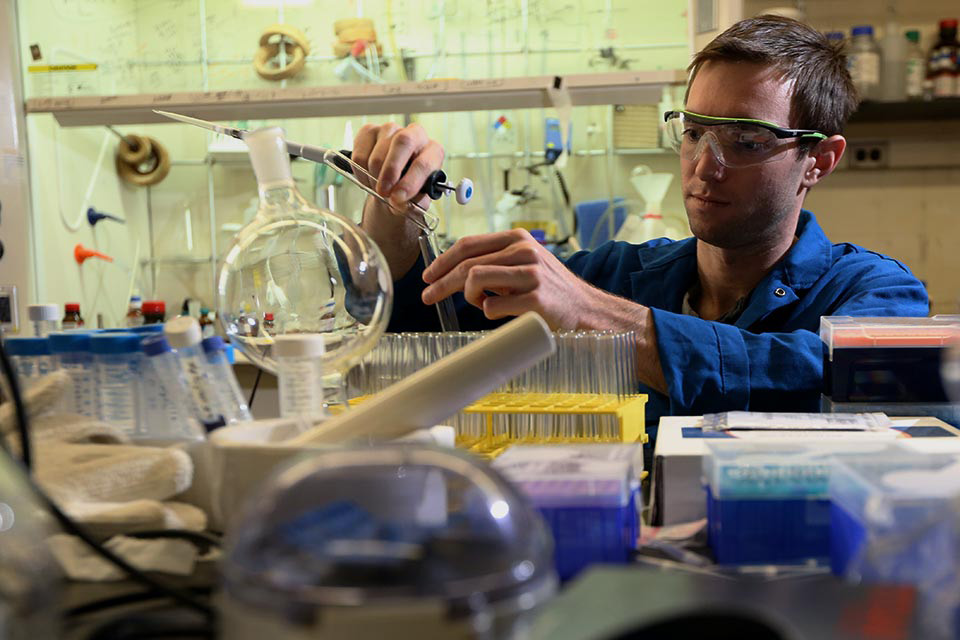
Image credit- brandeis.edu
Researchers at the University of Sheffield and Boston's Children Hospital, Harvard Medical School have created a robot that can be implanted into the body to aid the treatment of oesophageal atresia, a rare birth defect that affects a baby's oesophagus.
The robot is a small device which is attached to the oesophagus by two rings. An incorporated motor then stimulates the cells by gently pulling the tissue. Using two types of sensors - one to measure the tension in the tissue and another to measure tissue displacement - the robot monitors and applies tissue traction depending on the tissue properties.
Oesophageal atresia is a rare genetic disease which affects about one in 4000 babies born in the US and Europe. It occurs when the upper and lower parts of the oesophagus don't connect, which means food can't reach the stomach.
The researchers believe that the development of this robotic implant is a breakthrough in applying the knowledge that tissues respond to strain with the production of new tissue in a practical and clinically useful manner.




